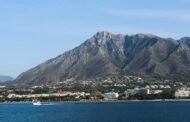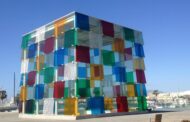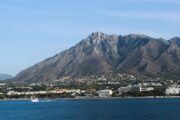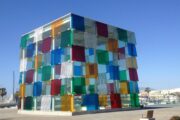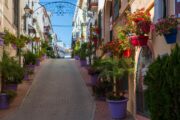The arrival of spring on the Costa del Sol is heralded not just by the blossoming of vibrant bougainvillea and the warming kiss of the Mediterranean sun, but by a profound and deeply ingrained cultural event: Semana Santa, or Holy Week. More than just a religious observance, Semana Santa in this southern Spanish region is a captivating tapestry woven with threads of centuries-old traditions, fervent displays of faith, breathtaking artistry, and a palpable sense of community. For expats living along this sun-drenched coast, understanding and experiencing Semana Santa offers a unique and enriching insight into the heart and soul of Andalusian culture. It’s a time when the vibrant energy of the Costa del Sol takes on a more solemn yet equally compelling rhythm, drawing locals and visitors alike into its powerful embrace.
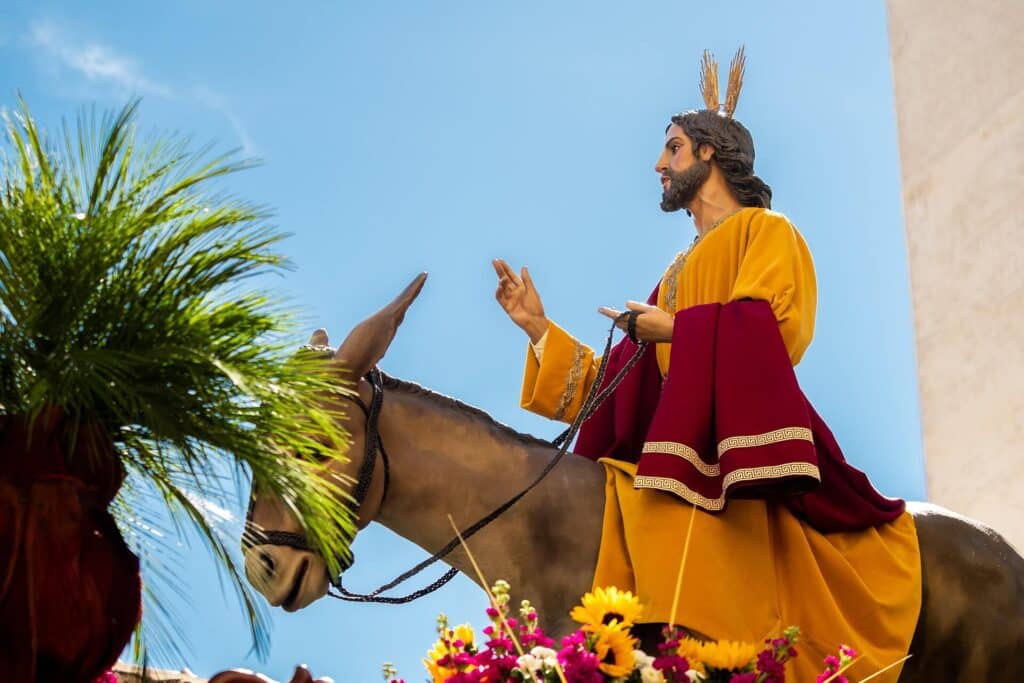
The Historical and Religious Significance of Holy Week
Semana Santa commemorates the Passion, Death, and Resurrection of Jesus Christ. Its roots in Spain run deep, with documented processions dating back to the 16th century. The Catholic faith has played an integral role in shaping Spanish identity and culture, and Holy Week remains one of the most significant religious events of the year. For many Spaniards, it is a time of deep reflection, prayer, and penance. The elaborate rituals and processions are not merely theatrical displays but profound expressions of religious devotion and a tangible connection to centuries of tradition. Understanding this fundamental religious significance is crucial for expats seeking to appreciate the true essence of Semana Santa beyond its visual spectacle. It’s a time to be respectful of the solemnity of the occasion and to recognize the deep personal meaning it holds for many residents of the Costa del Sol.
The Protagonists of the Processions: Hermandades and Cofradías
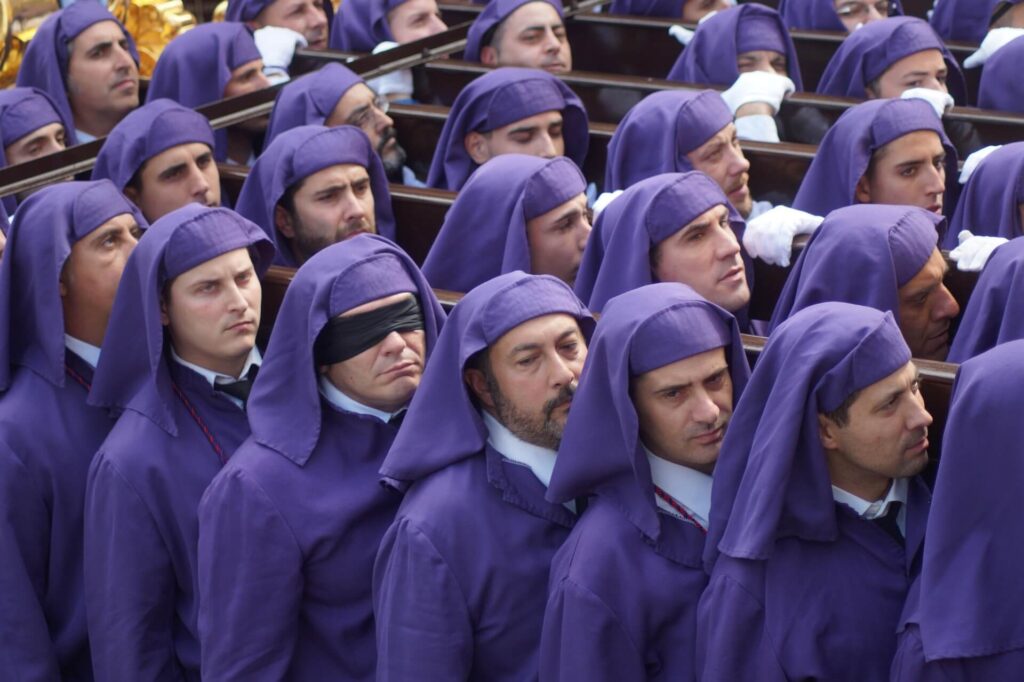
The heart of Semana Santa lies within the hermandades (brotherhoods) and cofradías (religious fraternities). These are lay organizations, often with histories spanning hundreds of years, dedicated to the veneration of specific religious figures, typically the Virgin Mary or Christ. Membership is often passed down through families, creating strong intergenerational bonds within the community. Throughout the year, these brotherhoods undertake charitable works and maintain the religious imagery and artifacts used during Holy Week. For the members, participating in the Semana Santa processions is a profound act of faith and a culmination of months of preparation and dedication. They invest significant time and personal resources in ensuring the smooth execution of the processions, viewing it as a sacred duty and a privilege.
The Iconic Floats: Pasos, Artistry, and Immense Weight
The most visually striking element of Semana Santa processions are the pasos – elaborately decorated floats carrying religious statues. These are not mere platforms; they are veritable works of art, often featuring life-sized sculptures of Christ and the Virgin Mary, adorned with intricate floral arrangements, silver and gold embellishments, and hundreds of candles. Some pasos depict scenes from the Passion of Christ, while others showcase the sorrowful Virgin Mary. The artistry involved in creating and maintaining these pasos is immense, with skilled artisans dedicating countless hours to their intricate details. What is perhaps most astonishing is the sheer weight of these pasos. Some can weigh several tons and require dozens, sometimes hundreds, of costaleros to carry them.
The Unseen Strength: The Role of the Costaleros
The costaleros are the unsung heroes of Semana Santa. These are men (and in some cases, women) who carry the immense weight of the pasos on their shoulders and necks, hidden from view beneath the ornate skirts of the floats. They move in carefully synchronized steps, guided by a capataz (foreman) who uses verbal commands and a llamador (a small hammer) to direct their movements. The task is physically demanding, requiring immense strength, endurance, and coordination. The costaleros often train for months in preparation, and the experience of carrying a paso is considered a profound act of devotion and sacrifice. For expats witnessing the seemingly effortless glide of these massive floats, understanding the immense human effort involved adds another layer of appreciation for the spectacle.
The Melancholy Music: Bands and Saetas
The atmosphere of Semana Santa is further enhanced by the poignant music that accompanies the processions. Brass bands, often numbering dozens of musicians, play somber and evocative marches that perfectly capture the mood of the occasion. These pieces, many of which are centuries old, are an integral part of the Semana Santa experience, evoking a range of emotions from sorrow and reverence to a sense of awe. Another unique musical tradition is the saeta. This is a deeply emotional and often improvised religious song, typically sung a cappella from a balcony as a paso passes below. The saeta is a powerful expression of personal faith and devotion, and a well-sung saeta can bring onlookers to tears. For expats, these musical elements provide a powerful sensory connection to the spiritual heart of Semana Santa.
A Tapestry of Tradition: Nazarenos, Mantillas, and Incense
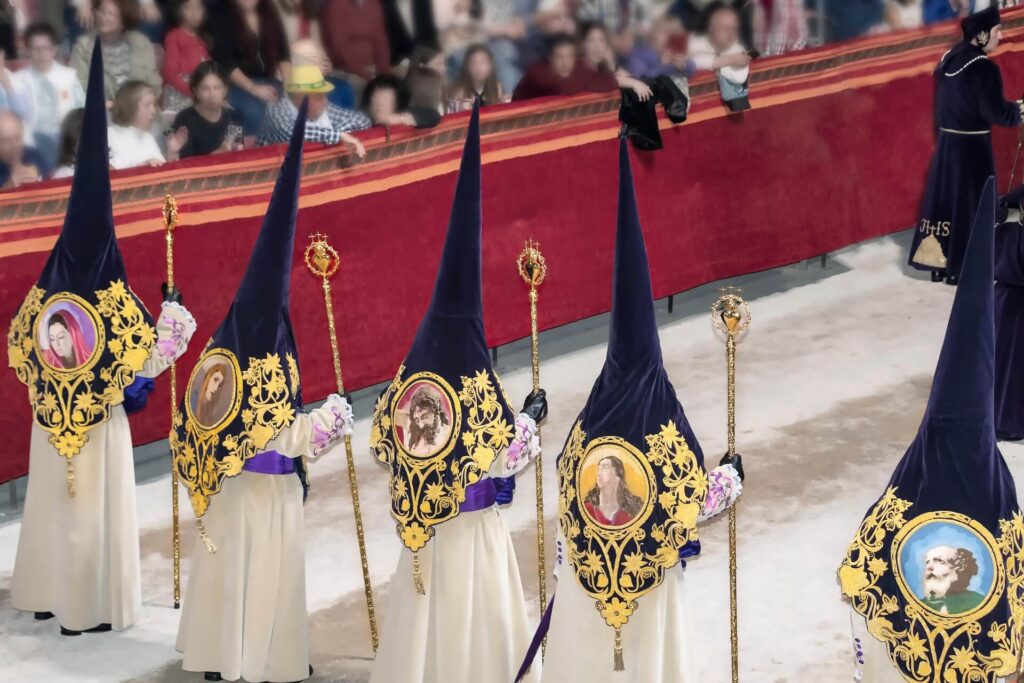
Beyond the pasos and the music, several other traditional elements contribute to the unique atmosphere of Semana Santa. The nazarenos are penitents who walk in the processions, often wearing long robes (tunics) and conical hoods (capirotes) that conceal their faces. The colors of their robes and the emblems on their chests identify which brotherhood they belong to. Some nazarenos carry wooden crosses or candles, while others walk barefoot as a form of penance. The mantillas are another iconic sight – women dressed in black, wearing high lace veils (mantillas) and often carrying rosaries. This traditional attire signifies mourning and respect. The air during Semana Santa is often thick with the fragrant aroma of incense, which is burned in censers carried by members of the brotherhoods, adding another sensory dimension to the experience.
Experiencing Semana Santa on the Costa del Sol: A Town-by-Town Glimpse
While the overarching traditions of Semana Santa are consistent across the Costa del Sol, each town and city offers its own unique flavor and character to the celebrations.
Málaga
The capital of the Costa del Sol hosts some of the most spectacular and widely attended processions. The brotherhoods of Málaga are renowned for their elaborate pasos and the large numbers of nazarenos participating. The release of doves as the Christ of Mena passes by is a particularly moving tradition. Málaga also boasts a unique tradition of military involvement in some of its processions.
Marbella
Known for its glamour, Marbella also embraces Semana Santa with solemnity and reverence. The processions in the Old Town offer a more intimate experience, winding through the narrow, whitewashed streets. The Good Friday procession, featuring the Santo Entierro (Holy Burial), is particularly poignant.
Estepona
Estepona’s Semana Santa processions are characterized by their traditional feel and strong community participation. The meeting of the Virgin Mary and the resurrected Christ on Easter Sunday is a joyous and symbolic event.
Vélez-Málaga
This inland town boasts some of the oldest brotherhoods in the region, with traditions dating back centuries. Its Semana Santa is known for its historical authenticity and the impressive size and weight of its pasos.
Antequera
Further inland, Antequera’s Semana Santa is renowned for the dramatic landscape against which its processions unfold. The towering rock formations provide a stunning backdrop to the solemn events.
Ronda
The dramatic Puente Nuevo (New Bridge) provides a breathtaking setting for Ronda‘s Semana Santa processions. The sight of the pasos making their way across this iconic landmark is unforgettable.
For expats living in these different areas, exploring the Semana Santa traditions of their local town and perhaps venturing to neighboring municipalities offers a rich and diverse cultural experience. Each town offers a slightly different perspective on this shared tradition.
Practical Advice for Expats Experiencing Semana Santa
For expats wishing to experience Semana Santa on the Costa del Sol, a few practical tips can enhance their experience:
- Check the Schedules: Procession routes and timings vary each year and by town. Consult local council websites, tourist information offices, or local news outlets for detailed schedules.
- Arrive Early: Popular processions, especially in larger cities like Málaga, can attract large crowds. Arriving early will help you secure a good viewing spot.
- Wear Comfortable Shoes: You may be standing for extended periods.
- Be Respectful: Remember that Semana Santa is a religious event. Dress modestly and maintain a respectful demeanor during the processions. Avoid loud conversations or disruptive behavior.
- Be Aware of Road Closures: Many streets will be closed to traffic during processions. Plan your travel accordingly and be prepared for potential delays.
- Embrace the Atmosphere: Semana Santa is a unique cultural experience. Allow yourself to be swept up in the atmosphere of solemnity, tradition, and community.
- Try Local Treats: During Semana Santa, you’ll find special pastries and sweets available in local bakeries. Be sure to try some of these seasonal delights.
- Engage with the Community: Don’t hesitate to ask locals about the traditions and significance of what you are witnessing. They are often happy to share their knowledge and passion for Semana Santa.
- Consider Attending Different Days: Each day of Semana Santa has its own specific significance and focus. Experiencing processions on different days will provide a more comprehensive understanding of the week’s events.
- Be Mindful of Noise Levels: While the music is a key part of the experience, be mindful of noise levels, especially if you are watching from residential areas.
Semana Santa: More Than Just a Spectacle for Expats
For expats living on the Costa del Sol, Semana Santa offers more than just a visually stunning spectacle. It provides a profound opportunity to connect with the local culture on a deeper level. By witnessing the fervent displays of faith, understanding the historical significance of the traditions, and observing the strong sense of community, expats can gain a richer appreciation for the Andalusian way of life. It’s a time to step outside the familiar rhythms of daily life. Imerse oneself in a tradition that has shaped the identity of this region for centuries.
Semana Santa on the Costa del Sol is a sensory experience that engages the eyes, ears, and even the sense of smell. It is a reminder of the deep historical and religious roots that underpin Spanish culture. For expats, it is an invitation to observe, learn, and ultimately, to become a part of the vibrant tapestry of life on this beautiful stretch of the Mediterranean coast. By embracing the traditions and respecting the solemnity of the occasion, expats can forge a stronger connection with their adopted home and create lasting memories of this unique and powerful cultural event. The experience of witnessing a paso slowly making its way through the ancient streets, accompanied by the mournful strains of the band and the fervent prayers of the onlookers, is an experience that is sure to leave a lasting impression on anyone fortunate enough to witness it.
Conclusion
In conclusion, Semana Santa on the Costa del Sol is far more than a series of processions; it’s a profound immersion into the heart of Andalusian culture and faith. For expats, it presents a unique opportunity to witness centuries-old traditions, understand the deep religious significance, and connect with the local community on a meaningful level. From the awe-inspiring pasos carried by devoted costaleros to the poignant music and the solemn presence of the nazarenos, Holy Week offers a sensory and emotionally resonant experience. By embracing this significant cultural event with respect and curiosity, expats can enrich their lives in Spain and gain a deeper appreciation for the rich heritage of the Costa del Sol.




